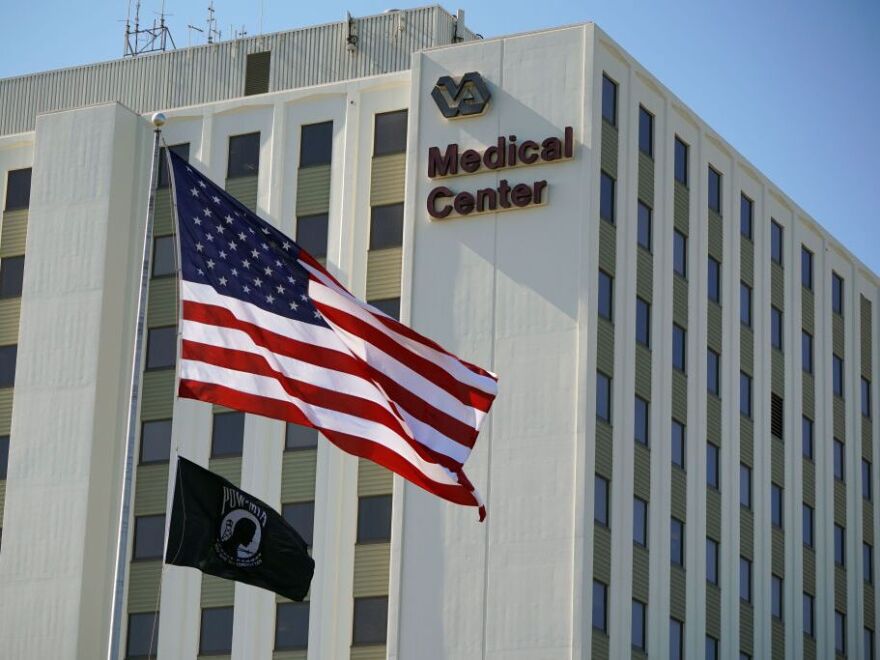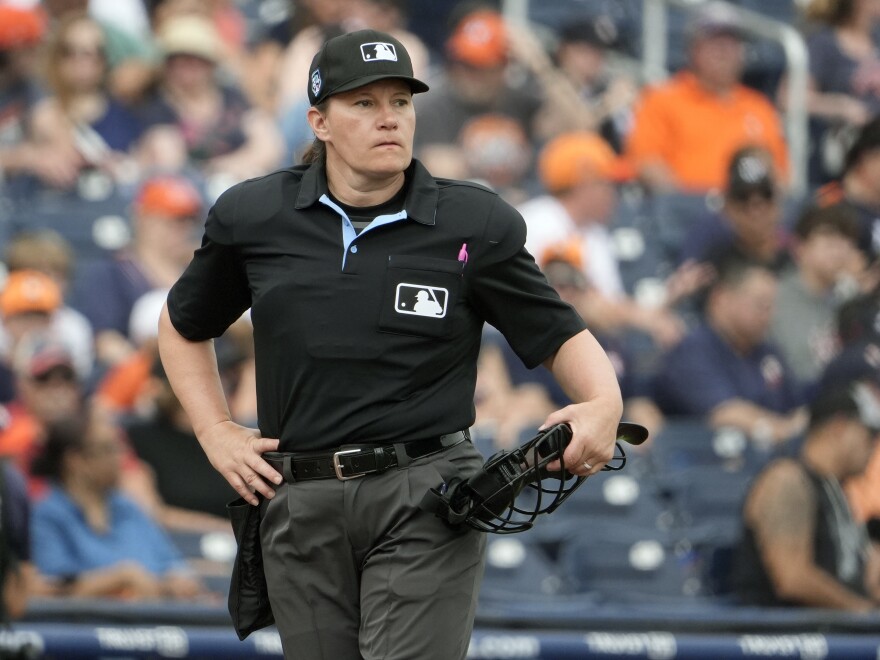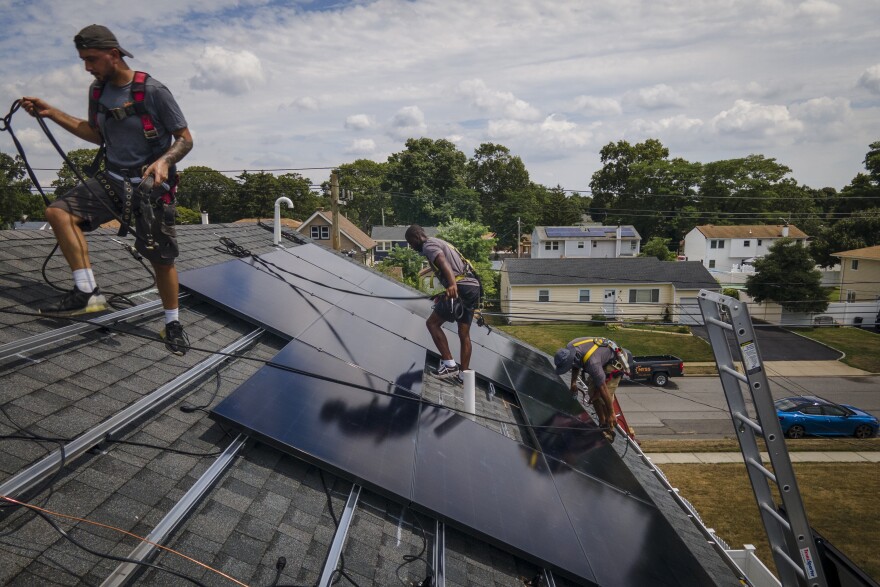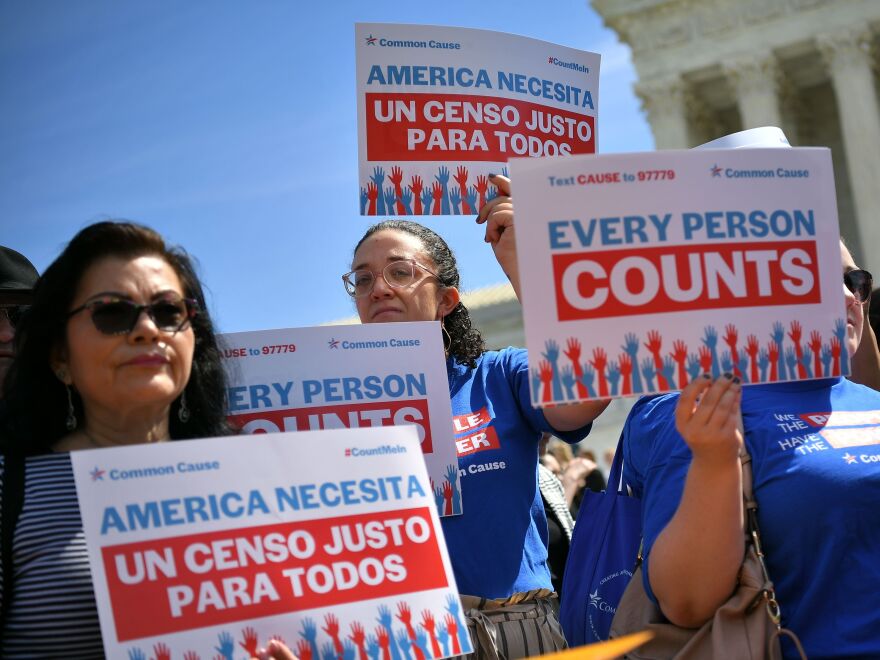Iowa’s Waterloo JohnThough he believes it should be simpler for veterans like him to use their benefits elsewhere, Paul Sager is grateful for the treatment he has received at Department of Veterans Affairs hospitals and clinics.
Sager, a veteran of the Army and Marine Corps, uses his VA benefits to pay for non-VA care for back ailments he sustained while serving in the military. However, he acknowledged that he occasionally had to make multiple phone calls to get permission to visit a nearby chiropractor. “It seems like it takes entirely too long,” he stated.
Many veterans reside far from VA facilities or require medical care that isn’t easily accessible through VA. The department is expected to refer patients in these situations and cover the cost of private treatment. Advocates for veterans claim that it frequently hesitates to do so.
Republicans in control of Congress want to make it easier to get what is referred to as community care.
Legislation presented by two Republican senators would facilitate rural veterans’ access to care at nearby clinics and hospitals. The plans would build on VA community care initiatives that were developed during Trump’s first term and began under Democratic President Barack Obama.
Opponents fear that sending veterans to private treatment facilities costs the VA hospital and clinic system government funds. However, proponents argue that veterans shouldn’t have to wait months or travel great distances to receive care that is available at nearby clinics and hospitals.
Sen. Kevin Cramer (R-N.D.) told KFF Health News, “My main concern is for veterans, not for the VA.” “I don’t believe we have an obligation to sustain the bureaucracy.”
A 400-mile drive to a VA hospital
The VA health system serves over 9 million veterans. According to department figures, approximately 3 million of them, including 1.2 million rural veterans, utilized their benefits to pay for care in non-VA facilities last year.
A bill that Cramer introduced would enable veterans who reside within 35 miles of a rural, “critical access” hospital to receive care there or at connected clinics using VA benefits without a referral from VA personnel.
There is only one VA hospital in his state, according to Cramer, a member of the Senate Veterans’ Affairs Committee. Parts of western North Dakota are more than 400 miles apart by driving from Fargo, which is located on the state’s eastern border.
According to him, many veterans from North Dakota go past several community hospitals in order to receive treatment at the VA hospital. In the meantime, a lot of rural hospitals are in dire need of extra patients and revenue. “I kept thinking to myself, ‘This doesn’t make any sense at all,'” Cramer stated.
According to Cramer, the VA Mission Act and other earlier legislation made it simpler for veterans to use their benefits to pay for care at community clinics and hospitals.
However, he noted that in order for veterans to use non-VA facilities, they still need to complete an excessive amount of paperwork and get permission from VA employees.
“We can’t let the VA itself determine whether a veteran is qualified to receive local care,” he stated.
The top Democrat on the House Veterans’ Affairs Committee, U.S. Representative Mark Takano of California, stated that he believes certain veterans require outside care. However, he argues that Republicans are going too far in reallocating department funds to private healthcare providers.
He contends that the VA offers specialized care that addresses the needs and experiences of veterans.
In a statement issued by his office, Takano stated, “VA will collapse if we don’t stop money from being diverted from veterans’ hospitals and clinics.” “Veterans cannot afford for us to dismantle VA direct care in favor of shifting more care to the community.”
Protecting the VA
Concerns have also been raised by a few veterans’ interest organizations.
The Disabled American Veterans wants to make it simpler for veterans to access care, according to Jon Retzer, deputy national legislative director. Finding timely, suitable services at VA hospitals and clinics can be especially difficult for female veterans and veterans residing in rural regions, he said.
Disabled American Veterans, however, do not want excessive federal funding to be redirected to private clinics and hospitals, undermining VA facilities.
Patients at many private hospitals and clinics also have to wait for VA care, according to Retzer. He claimed that staff shortages, which plague many healthcare facilities, are the main cause of delays. “This is a national crisis.”
According to Retzer, Disabled American Veterans support keeping VA doctors as the first port of call for referrals before veterans can seek VA-funded care elsewhere. “We want to ensure that the VA is the primary provider of that care,” he stated.
Secretary of Veterans Affairs Doug Collins has promised to strengthen the department’s hospitals and clinics while enhancing the community care program. A request for an interview with Collins from KFF Health News was denied by the department.
Cramer’s bill has the support of Marcus Lewis, CEO of First Care Health Center, which includes a hospital in Park River, North Dakota. Lewis, a Navy veteran, pays for the treatment of a back ailment he sustained during his military duty through the VA’s community care option.
According to Lewis, the community care program is now simpler to utilize overall. However, he noted that the application procedure is still difficult and that participants need to constantly get VA referrals in order to receive treatment for chronic conditions. “It’s frustrating.”
About 50 miles south of the Canadian border sits the 1,400-person village of Park River. Its 14-bed hospital provides a range of treatments, including as mental health treatment, cancer care, and surgery. However, Lewis frequently witnesses a VA van picking up nearby veterans, some of whom travel 140 miles to Fargo in order to obtain care that they are legally entitled to.
“I think a lot of folks just don’t want to fight the system,” he stated. “They don’t want to go through the extra hoops, and so they’ll jump in the van, and they’ll ride along.”
Veterans in certain regions of the nation have had greater difficulty than others obtaining VA certification for care from private clinics and hospitals, according to Rep. Mike Bost (R-Ill.), chairman of the House Veterans’ Affairs Committee.
Bost assisted in getting Trump’s 2026 proposal for $34.7 billion for the community care program approved by the House. The budget reflects a roughly 50% increase over 2025 and 2022 spending, despite recent fluctuations in program cost. Similar numbers for the next year were included by the Senate in its version of the military spending budget that was approved on August 1.
Bost also co-sponsored a bill in the House that would outline the conditions under which the VA would be required to cover community care costs.
Sager expects that veterans’ lives will be made easier by the new initiatives. The Gulf War veteran resides in Denver, a hamlet in northeastern Iowa. He makes the 15-mile drive to Waterloo to visit a chiropractor for shoulder and back discomfort he sustained while instructing Saudi soldiers in hand-to-hand fighting.
Sager, who is still serving in the Army Reserve, also goes to the VA outpatient facility in Waterloo, where his primary care physician works. He values the agency’s goal, which includes hiring a lot of veterans. “You just feel like you’re being taken care of by your own,” he stated.
He thinks the VA can manage a robust system of hospitals and clinics while providing options for veterans who live far from those institutions or who require care that VA cannot deliver right away.
Sager visits the private facility because the local VA does not provide chiropractic care. However, he needs to get new VA approval every few months. According to him, that frequently calls for multiple phone calls.
According to office manager Linda Gill, Sager is one of roughly a dozen veterans who pay for their visits at Vanderloo Chiropractic Clinic through the community care program.
According to Gill, the VA program covers roughly $34 for an average visit, which is similar to what private insurance covers, but the paperwork is more onerous. According to her, the chiropractic practice’s leaders debated leaving the VA program but ultimately chose to endure the inconveniences for a worthy cause. She hopes that getting easy treatment for veterans didn’t require them to go through so many hassles.
“After their assistance to us? “Please,” she said.
One of KFF’s main running initiatives is KFF Health News, a nationwide newsroom that specializes in in-depth reporting on health-related topics.
Copyright 2025 NPR






